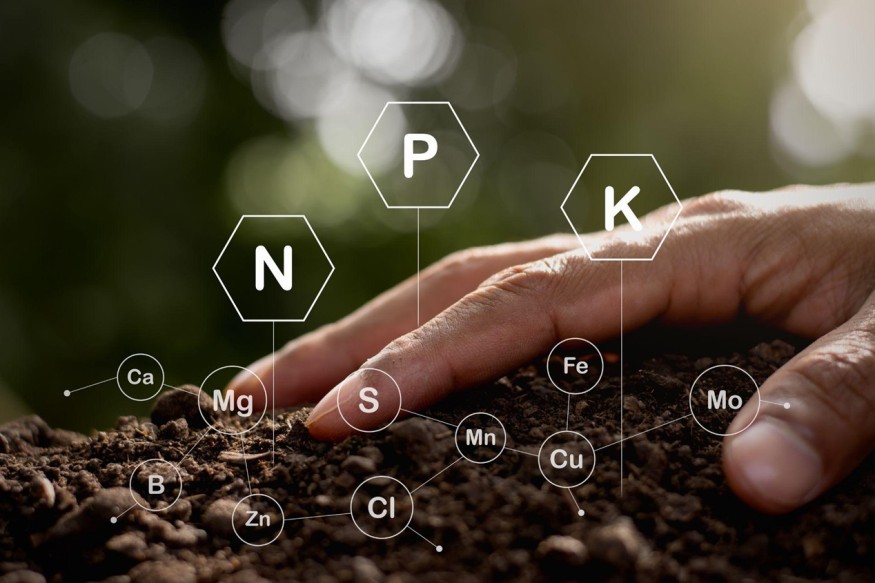Sustainability has become more than just a buzzword; it is a necessity for the survival of communities and the protection of our environment. Every year, mountains of waste pile up in landfills, much of it from single-use products that are made from plastic or other synthetic materials. Among the most significant innovations that aim to reduce this problem are mycodigestible products, items designed to break down naturally with the help of fungi. One of the most promising examples has been the development of mycodigestible diapers, which combine everyday convenience with forward-thinking environmental responsibility.
The concept of harnessing fungi to accelerate decomposition is not new, but applying it to consumer goods is opening up new pathways for waste reduction. These products are designed to be digested by naturally occurring fungal organisms once they are disposed of, meaning they don't linger for decades or centuries in landfills like plastic-based items. For families, businesses, and entire industries, this shift could represent a major step toward reducing the ecological footprint of daily life.

What Makes Mycodigestible Products Unique
Unlike traditional items that rely on petroleum-based plastics, mycodigestible products are often made from plant fibers and other renewable sources. Their design allows them to be broken down by specific fungi that naturally thrive in soil and compost conditions. This interaction speeds up the decomposition process and reduces the need for industrial composting facilities that are energy-intensive.
The uniqueness lies in their dual benefit. They not only reduce waste but also enrich the soil during decomposition, since fungi transform organic material into nutrients that help plants grow. In essence, these products don't just disappear; they give something back to the environment.
Environmental Benefits
One of the biggest advantages is the dramatic reduction in long-lasting waste. A plastic bottle, for example, can take hundreds of years to break down. A mycodigestible bottle might return to the earth in just a few months under the right conditions. The same applies to food packaging, cutlery, or even textiles that are being designed with fungal digestion in mind.
The benefits extend further:
- Lower carbon footprint because renewable materials replace petroleum-based plastics.
- Less landfill space needed since items break down quickly.
- Soil regeneration as decomposition enriches the ground.
- Reduced toxic output because there are no microplastics or harmful byproducts left behind.
When scaled, these benefits could play a meaningful role in combating climate change and protecting ecosystems.
Everyday Applications
Consumers are already beginning to see mycodigestible packaging in grocery stores, where some companies are experimenting with mushroom-based trays or wraps. Restaurants are exploring cutlery and takeout containers that won't stick around in the waste stream.
Personal care is another area of growth. Products like sanitary pads, wipes, and diapers represent a huge portion of landfill waste. By making these everyday necessities from mycodigestible fibers, the burden on municipal waste systems is reduced while offering consumers a more eco-friendly choice.
Clothing and textiles are also entering the conversation. Fashion companies are beginning to test fabrics derived from mycelium and other biodegradable components that can return to the earth naturally after use.
Corporate Responsibility and Innovation
Businesses are quickly realizing that sustainability is no longer optional. Consumers are actively seeking brands that reflect their values, and environmental stewardship is at the top of the list. By investing in mycodigestible products, companies show a tangible commitment to addressing waste.
This has created a wave of innovation. Research and development teams are experimenting with different fungal strains and material blends to improve durability during use while ensuring rapid breakdown afterward. The result is a growing marketplace of goods that match the performance of traditional products but with a fraction of the environmental cost.
Challenges to Overcome
Of course, like any emerging technology, mycodigestible solutions face hurdles. Production at scale is still expensive compared to conventional plastics. Supply chains for renewable fibers and fungi-based additives are not as established as those for petroleum products.
Consumer education also plays a role. Many people are not yet familiar with what mycodigestible means, and some may assume the items won't be durable or safe. Overcoming misconceptions requires transparency and effective communication from companies.
Infrastructure is another challenge. While many of these products break down naturally in the environment, collection and disposal systems that direct them into compost or soil conditions could accelerate adoption. Without such systems, some items may still end up in landfills, where decomposition is slower.
Role of Policy and Regulation
Government policy has an important role to play in pushing mycodigestible products into the mainstream. Regulations that restrict single-use plastics encourage innovation and provide a clear path for sustainable alternatives. Incentives such as tax breaks for green manufacturing or grants for research could speed up the transition.
Public procurement also matters. If schools, hospitals, or municipal offices commit to using mycodigestible products, it sends a strong signal to manufacturers and investors that the demand is real and growing.
Social and Cultural Shifts
The acceptance of eco-friendly products depends heavily on culture. Just a decade ago, reusable bags and compostable straws were niche items. Now they are common in households and businesses around the world. Mycodigestible products are following a similar path.
As more families use them and see their benefits, they begin to normalize. Schools teaching children about environmental responsibility can incorporate lessons about fungal decomposition and circular living. The more familiar these ideas become, the more society will embrace them.
The Science Behind Fungal Digestion
Fungi are nature's recyclers. They secrete enzymes that break down complex organic matter into simple compounds that can be absorbed. This is the same process that allows forest floors to stay fertile, as fallen leaves and wood are continuously decomposed.
By designing products with fungi in mind, scientists are simply aligning with natural processes that have existed for millions of years. This biomimicry makes the system efficient and self-sustaining. Unlike synthetic recycling systems that require energy and infrastructure, fungi work quietly and effectively without outside input.
Looking Ahead
The potential for mycodigestible products is enormous. Imagine a future where every food package, baby wipe, or shipping material disappears into soil within months, leaving behind nothing but nutrients. The shift could drastically reduce landfill dependency, cut plastic pollution in oceans, and support healthier ecosystems worldwide.
The innovation is still young, but momentum is growing. Startups, established companies, scientists, and governments are all aligning around the need for solutions that balance modern convenience with environmental responsibility.
Conclusion
Sustainability efforts often face criticism for being too small in the face of global challenges. But history shows that small changes, when multiplied across millions of households, can add up to something transformative. Mycodigestible products offer one of those changes. They represent a way for everyday people and businesses to take part in healing the planet without giving up the items they rely on.
As fungi quietly do their work beneath the soil, they remind us that nature already has the answers; we just need to listen and design with respect. The rise of these products is not just an innovation; it is a cultural and ecological turning point that could help reshape the future of sustainability.
© 2025 ScienceTimes.com All rights reserved. Do not reproduce without permission. The window to the world of Science Times.












